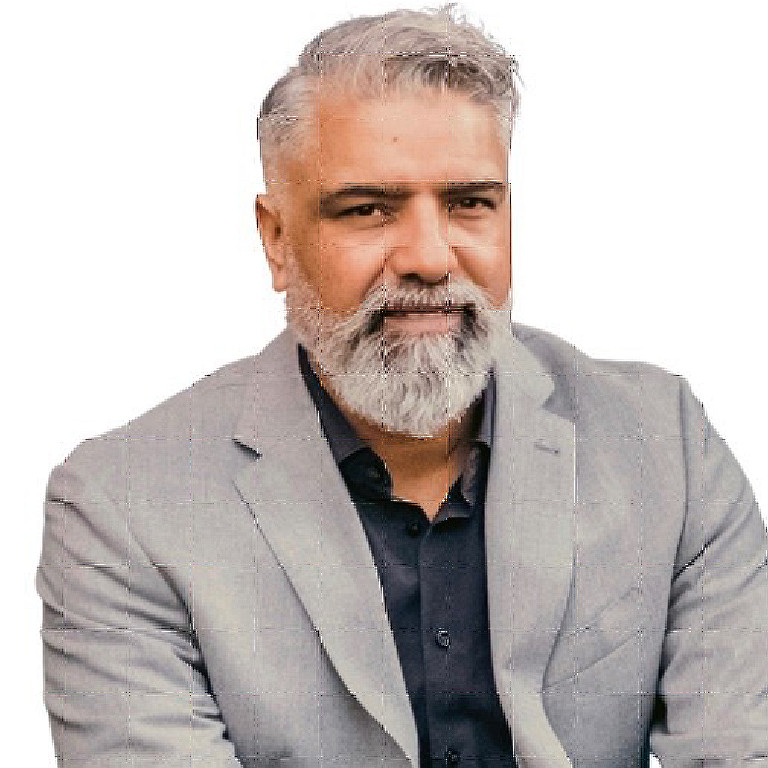Over the next few decades, regions of the globe will face individual challenges, but often they revert to one imperative: transforming farming to feed the world sustainably.
The current challenge for farmers is a conundrum. They must produce more food on less land while promoting biodiversity, reducing carbon emissions, protecting natural habitats and conserving resources using regenerative agriculture practices.
Doing this requires optimizing many areas at once. And it’s happening — there is progress. It’s happening where traditional, bio-friendly methods are complemented by something new: the power of digital technology.
For those looking at the state of flux in the world around us, it’s possible to feel concern and sense opportunity in the same breath. How can we see things as they are but also envision the potential to do better? The changing climate brings challenges to people, places and economies every day. Environmental stressors are front and center. Consider water: in 2022, more than 2.3 billion people are facing water stress and almost 160 million children were exposed to severe and prolonged droughts. Then look at crops: in the US alone, crop losses in 2022 totaled $21 billion, and $10 billion was not insured. "Heatflation" and "dry July" depressed European yields, without counting the impact of the loss of Ukraine’s bread basket.
Our food supply is not evenly distributed — much is wasted and many still experience hunger. In the UK, 26,082 tons is wasted every day. You can be forgiven for lacking optimism.
We cannot defer creating new systems and solutions to protect the planet, especially the land which provides sustenance.
We recognize that our ability to deliver mechanisms to protect the planet for the future is being hampered — at least in part — by the urgent needs of today. Yet, we cannot defer creating new systems and solutions to protect the planet, especially the land which provides sustenance.
Some companies are busy decrying green concerns. But the truth is that we must find ways to make progress while still protecting the environment. We must answer these questions:
- How do we feed the hungry, reduce food waste AND replenish the soil?
- How can we produce affordable AND local options?
- How do we focus on diversifying farms and farmers tocreate supportive biologies and integrated nature-based solutions?
Agri-tech will power a farming transformation
The planet can’t afford an agricultural business-as-usual option. Neither can humans. Current farming methods cannot keep pace with growing demand and shrinking resources. The mix of crops in the US is at a dangerous low, with half of the acreage given to corn and soy. In fact, this is an issue in the UK, EU and around the world: A global monoculture approach (growing a single crop over large acreage) has caused a rise in plant diseases, increasing pathogens and decreasing disease resistance.
We’ve learned that these old ways of working also increase runoff, decrease soil moisture and degrade the soil so it requires constant supplementation.
The monoculture problem is compounded by the loss of farmers and farm acreage. “The world will lose about 250 million crop-production acres by 20504,” according to estimates from the Food and Agriculture Organization of the United Nations. This means we must transition from simply measuring the profitability per acre and return to the productivity per acre.
Read the full report to learn more about fostering crop diversity, facilitating collaboration and empowering farmers with data-driven solutions to create a sustainable and prosperous future for agriculture.

